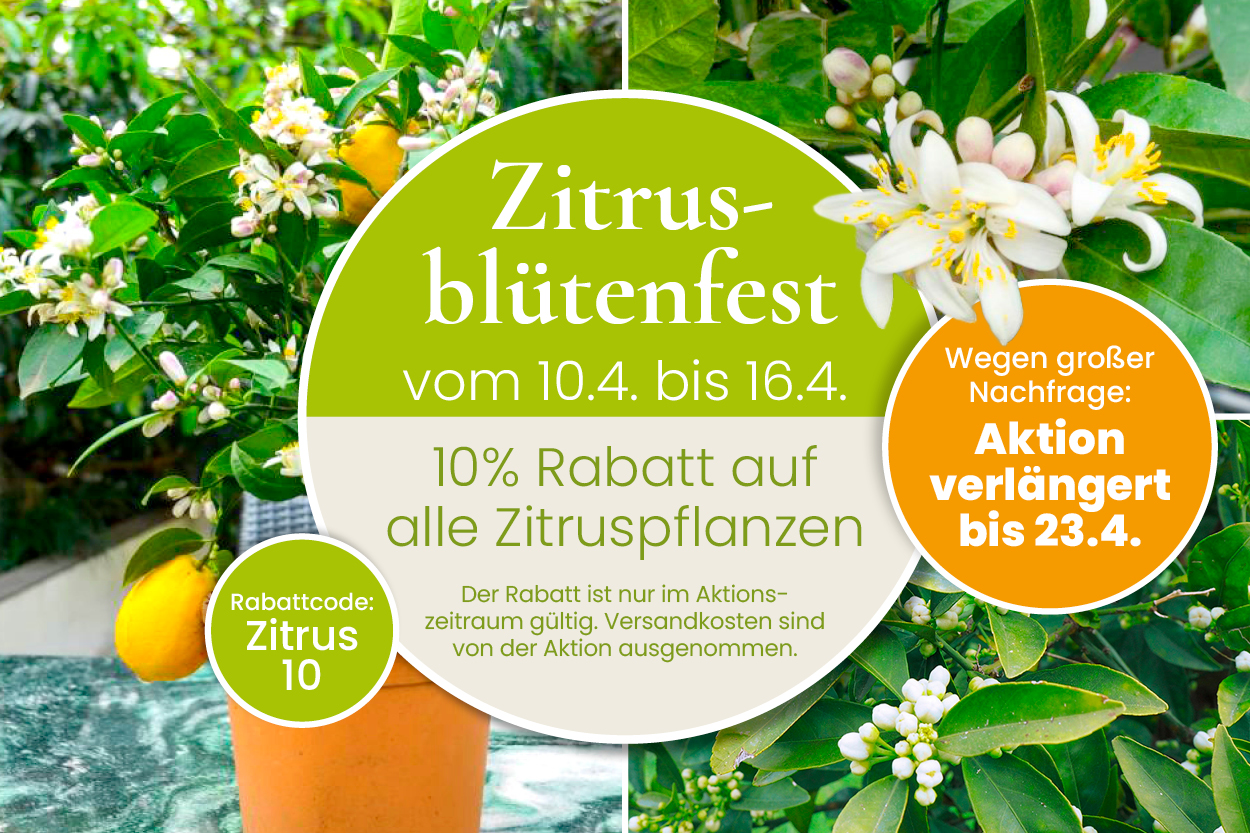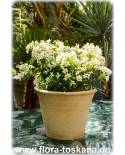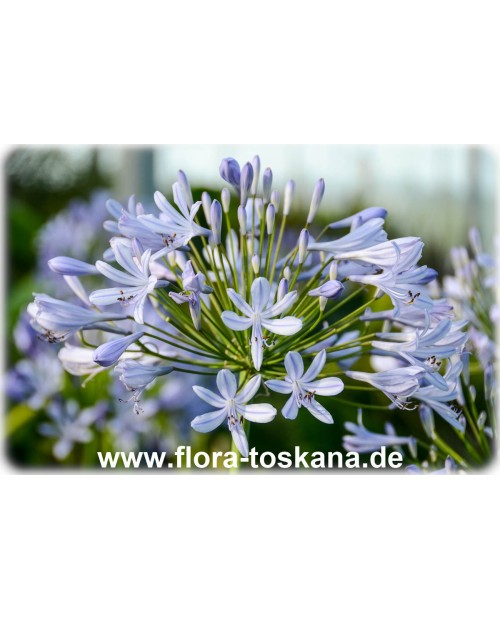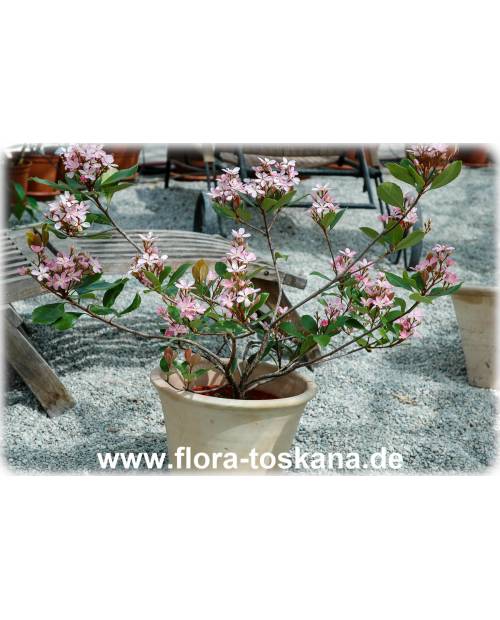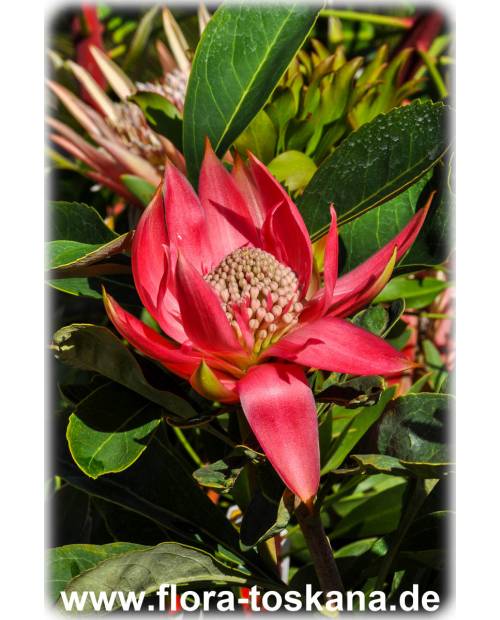Choisya ternata 'Aztek Pearl' - Mexican Orange Blossom
The white flowers of the Mexican Orange (Choisya ternata) smell like the flowers of a lemon tree and also its look and structure is the same- both plants belong to the same plant family. In spring, the flowers appear in clusters above the leaves, alm …
The white flowers of the Mexican Orange (Choisya ternata) smell like the flowers of a lemon tree and resemble them in appearance and structure - both plants belong to the same plant family. In spring, the fragrant flowers appear in profuse clusters above the leaves, covering them almost completely. The foliage of the dense but small evergreens is very handsome. Young leaves are bright green, older leaves glossy dark green and smell aromatically when broken or rubbed between the fingers. In pots it usually does not grow higher than 1 m, but just as wide. When planted in the garden, they can reach 1.5 m. In both cases they prefer acidic substrate and acidic fertilizer (e.g. fertilizer for rhododendron) and a consistent water supply without waterlogging. Due to its wonderful fragrance, the Mexican Orange is a good companion for Citrus plants as pot plant or in a conservatory. The variety ‘Aztek Pearl’ has much narrower leaves, but is as rich in flowers and fragrance as the parent variety.![]() Quality: citrus-like fragrant flowers; compact and small-growing; evergreen & aromatic foliage; frost-resistant
Quality: citrus-like fragrant flowers; compact and small-growing; evergreen & aromatic foliage; frost-resistant
![]() Use: planted in the garden; in large pots from March to November outside on balcony, terrace or in the garden with overwintering indoors - all year round in an unheated or cool conservatory
Use: planted in the garden; in large pots from March to November outside on balcony, terrace or in the garden with overwintering indoors - all year round in an unheated or cool conservatory
Data sheet
- Family
- Rutaceae
- Origin
- North America
- Flowering period
- Spring
- Color of flowers
- White
- Fragrance
- Fragrant flowers
- Growth
- Small shrub
- Location
- Shadow
- winter temperature
- 5 (+/- 5) °C
- Minimum temperature
- -15 °C
- Hardiness Zones
- 7
- Height
- 0,5 - 1 m
You might also like
Customers who bought this product also bought:
